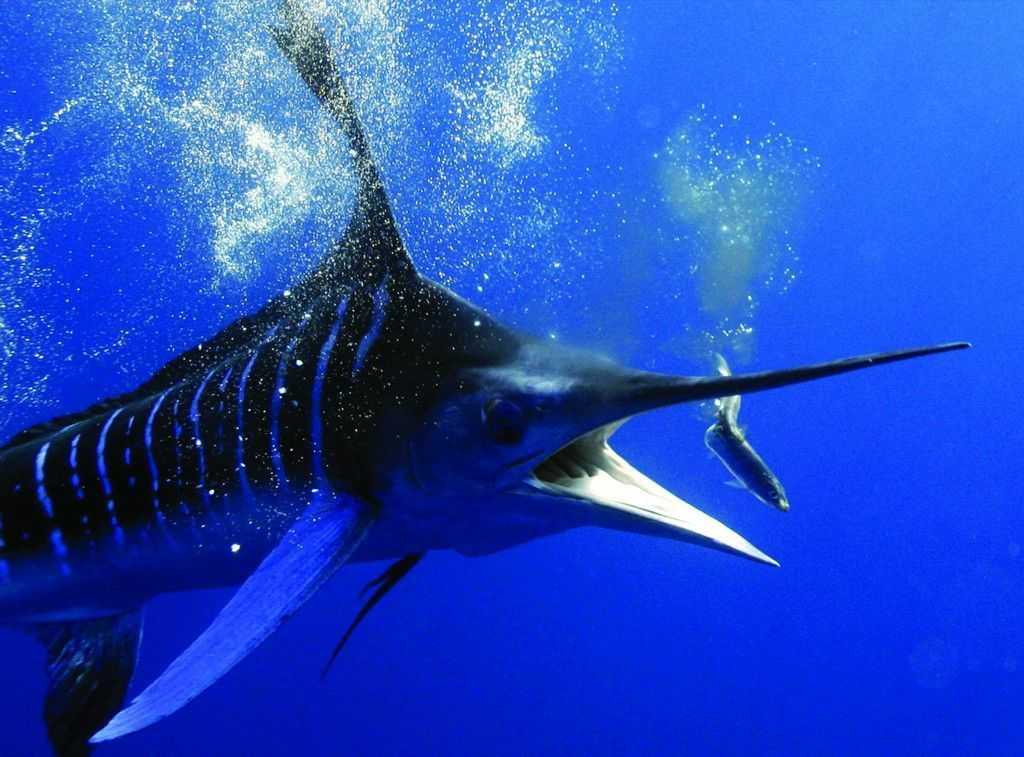The next chapter of the International Game Fish Association’s (IGFA) Great Marlin Race will be written in the waters off southern California and Mexico Sept. 12-13 during the 33rd annual Balboa Angling Club Master Angler Billfish Tournament.
This year, the West Coast’s oldest and most prestigious marlin tournament will take part in IGFA’s program to track released marlin worldwide. The concept of the Great Marlin Race is simple. Angling teams tag fish caught and released during tournaments. After 180 days, those tags automatically release from the fish and transmit information such as the fish’s path, depth profiles and sea temperatures to satellites. This provides Stanford University scientists with data valuable to understanding the biology of marlin and how they utilize open ocean habitat.
For the anglers in a given tournament, the tag that surfaces farthest from where it was initially deployed wins the race for that tournament. The overall winner of the IGFA Great Marlin Race—the sponsor of the marlin whose tag travels farthest of all in a given year—will be recognized at the annual IGFA International Auction and Banquet. The longest track to date was a 575-pound blue marlin that travelled 4,776 nautical miles in 180 days after being tagged in a San Juan, Puerto Rico tournament in 2011.
The goal of the Great Marlin Race is to deploy 50 pop-up archival tags (PAT) in tournaments around the world each year. Migration routes of tagged marlin are available for viewing through maps on the Great Marlin Race website. In addition, all tag data will be available to scientists and fisheries managers via an open-access system.
These efforts increase understanding of distribution, population structure and biology of marlin and engage anglers and the general public in the research process. An increased understanding of where these animals go and how they use the pelagic ecosystem is valuable information to resource managers and policy makers responsible for ensuring their long-term conservation.
The kicker is, tags are expensive. Each one costs $4,500, and anglers/teams are asked to sponsor the PATs. The Balboa Angling Club has put together a fundraising website to help cover the cost of those tags.
Since the Great Marlin Race began in 2011, there have been 18 tag deployment events in 12 countries and territories, tracking movements and behaviors of black marlin, blue marlin, white marlin and sailfish around the globe.
The current 2013-2014 race year has been the busiest to date, with eight events and 21,314 nautical miles reported from satellite tags so far. Tags deployed in Hawaii, USA, Mohammedia, Morocco and French Polynesia, respectively, account for the bulk of this year’s tracked miles, but with several tags yet to pop up the winning title could still go to anyone.
To get your tournament involved, contact IGFA Conservation Director Jason Schratwieser at jschratwieser@igfa.org or IGFA Conservation Coordinator Leah Baumwell at lbaumwell@igfa.org.
[easy-social-share]

